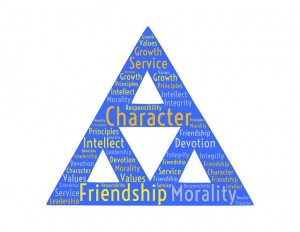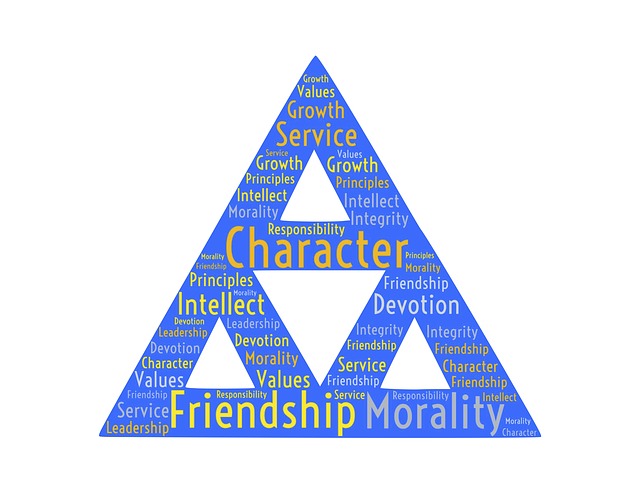
The “whole” is not just the sum of all parts, the group (of whatever type: staff, students …) is more than the simple addition of its members.
So it is key for the person in charge (manager, teacher, coach …) to know that a particular energy will exist on top of the formal aspects the group (objectives, targets, tasks, responsibilities …). This energy is The Group Dynamic.
The group is an entity of its own and its dynamics will go through its members whatever size or object of the group.
Group Dynamics: the development phases
A group does not grow at random, it grows in phases, sometimes discreet but very real:
- In search for Safety: each member looks out for his/her place in the group.
- Rivalry: competition between members to be the group’s favourite. The leader/manager/teacher will reassure by providing information on rules, targets …
- Alliance: members will attune themselves with each other without the leader.
- Putsch: collective opposition of the group against the rules (law)
- Normative phase: new strict and rigid rules enacted by the group.
- Cooperation/collaboration: everyone contributes to the common goal by way of his/her specificities. The group is autonomous.
- Death of the group: Targets reached, job done, the group splits.
Group Dynamics prevails
How important is it to identify this process and these growth phases? Because the group dynamic takes precedence over the individual.
By entering the group, individuals become members of the group considered as a living system. A working group, a family, a team, a therapy or a coaching group is a system which influences its members as well as members influence the system(s) in which they are.
The Manager’s position
The risk for the manager to ignore this process is to suffer from the variations of this dynamic by not being able to take them for what they are, and imagine that they are the result of his own lack of management skills or the result of the members’ poor team-working capabilities.
Although the manager / leader is in a superior relative position with the group, he is not a parental figure. Hence the usefulness of communicating mainly from his Adult ego state (transactional analysis term which describes the part of ourselves in contact with the reality of the here & now) to actually minimise the risk of not being in appropriate role.
The Coaching
It can be individual with the manager / leader or collective with the group. 5 main topics:
- Help the leader to identify the development phases from real-life situations.
- Help the leader to the heat out of the spams and conflicts by providing meaning in relation to the group.
- Unveil the beliefs, values & representations of each member (including the leader).
- Help the leader to improve his managerial identity & intelligence:
- Discover his management style (as a leader, teacher, coach, …)
- Improve his listening capabilities
- Communicate mainly from his adult ego state
- Improve his team building capabilities
- Learn to be a directive, resource & meaning provider.
- Clarify the influences impacting the group as a system from outside the group.
To know more on the topic of Handling Group Dynamics, please use the enclosed contact form.

